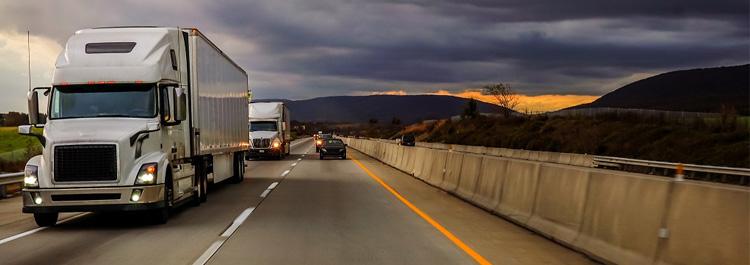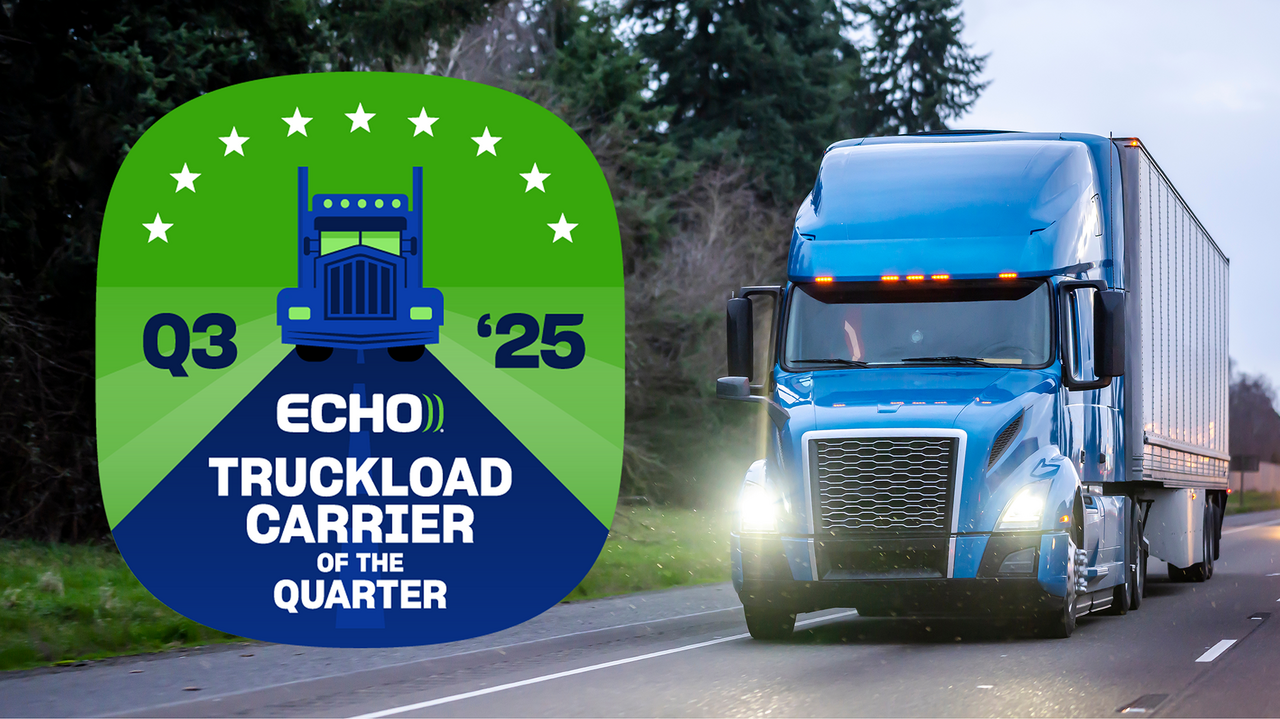Of all the disruptions carriers face on the road, weather poses the greatest threat. As an example, Hurricane Florence impacted much of the Mid-Atlantic and Southeast with intense flooding and power outages, causing road and terminal closures as well as dangerous, if not impossible, driving conditions in some areas.
When it comes to freight transportation, we’re reminded just how much influence severe weather and natural disasters have on shipments. As the summer ends and winter approaches, snow and ice will be coming to a good portion of the country. Here are a few things to expect when inclement weather hits the transportation industry.
Safety First
Anyone who’s traveled by plane has likely experienced weather-related delays. The airline industry must be sensitive to weather conditions at a flight’s origin and destination. It promotes safety first, so the default reaction tends to be to postpone or cancel scheduled flights. As a result, it can take days for the airlines to get back in balance.
The same holds true for domestic trucking. Carriers must decide whether to serve geographic regions during severe weather or avoid those areas completely, especially LTL carriers that stop at brick-and-mortar terminals during their commute. Are roadways within the area open and accessible? Is it safe to drive through areas that may be flooded or recovering from a blizzard? If the answer to these questions is no, expect delays to your supply chain.
Delays and Pileups
Shipments originating in weather-ravaged areas tend to decline immediately because those businesses have closed or scaled back. Shipments destined for those areas don’t always stop, and they will begin to pile up if shippers insist on moving the freight. Carriers will also place temporary embargoes on shipments heading into those areas and not make pickups at all.
How long it takes to restore your supply chain to balance largely depends on the response time of relief efforts in impacted regions. The Department of Transportation must make damage assessments as flooding recedes, ensuring roads are clear of trees and debris. In South Carolina alone, the DOT reported 1,114 vehicles and heavy equipment contributing to the response effort for Hurricane Florence. Even as conditions improve, drivers have to obey reduced speed limits and take alternate routes during their commute in the days and weeks following a disaster.
Far-reaching Consequences
LTL carriers are traditionally dependent on keeping their line-haul schedules every day. But those schedules are based on the hub-and-spoke network that can only work well when their freight is in balance. Storms like hurricanes can leave the trucking industry in disarray for weeks and even months.
Of course, the challenges carriers face are minimal compared to those faced by people living in impacted areas, but it’s important for those not affected to gain insight into exactly how disruptive and far-reaching the consequences of severe weather can be.
At Echo, we are in contact with all our drivers and continuously monitor the nation’s weather. We know where your shipment is at any given time and can keep you updated with every milestone along the way.
Have any questions about shipping during severe weather? Contact an Echo representative today at 800-354-7993 or info@echo.com, or request a quote for a shipment.
Informational


